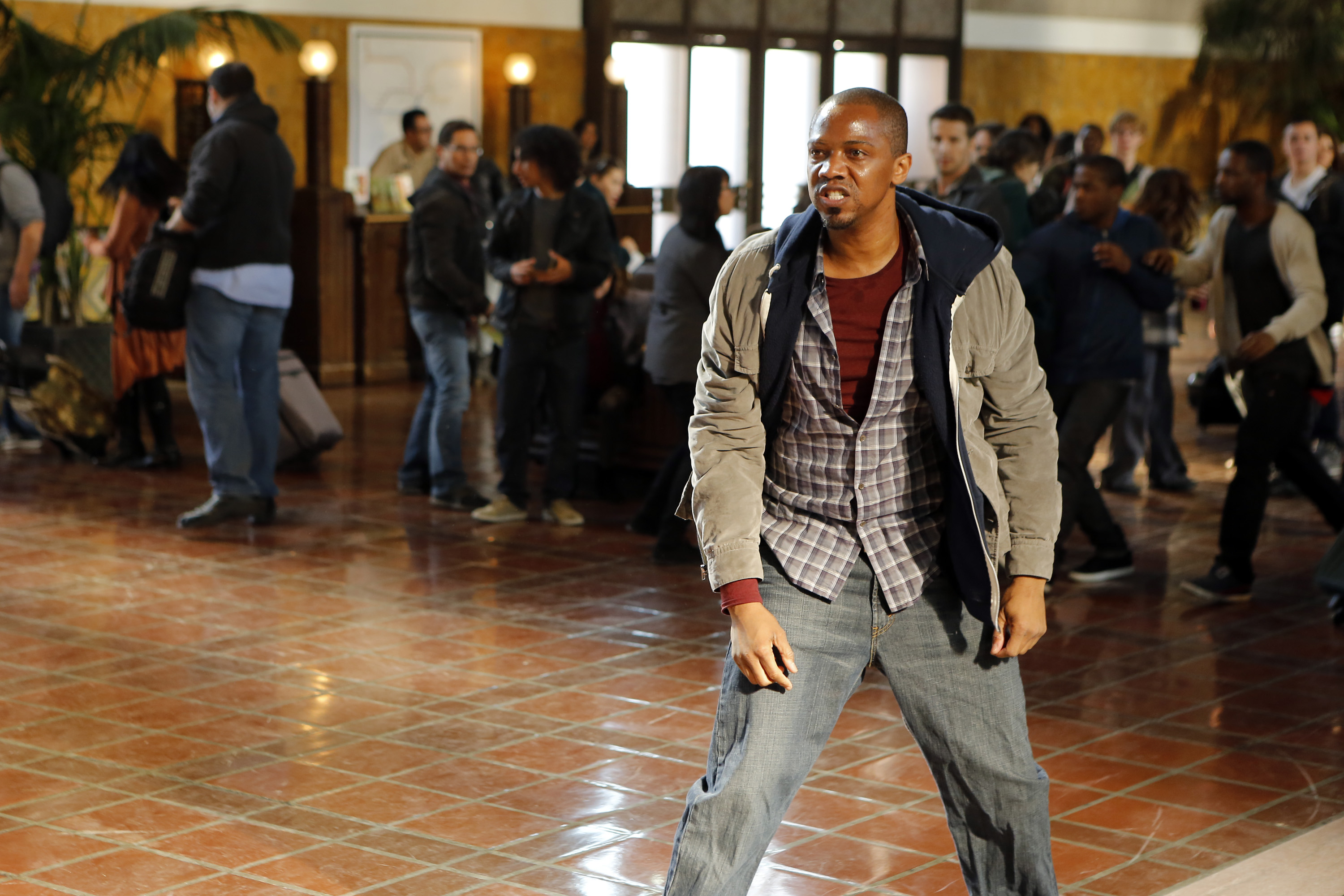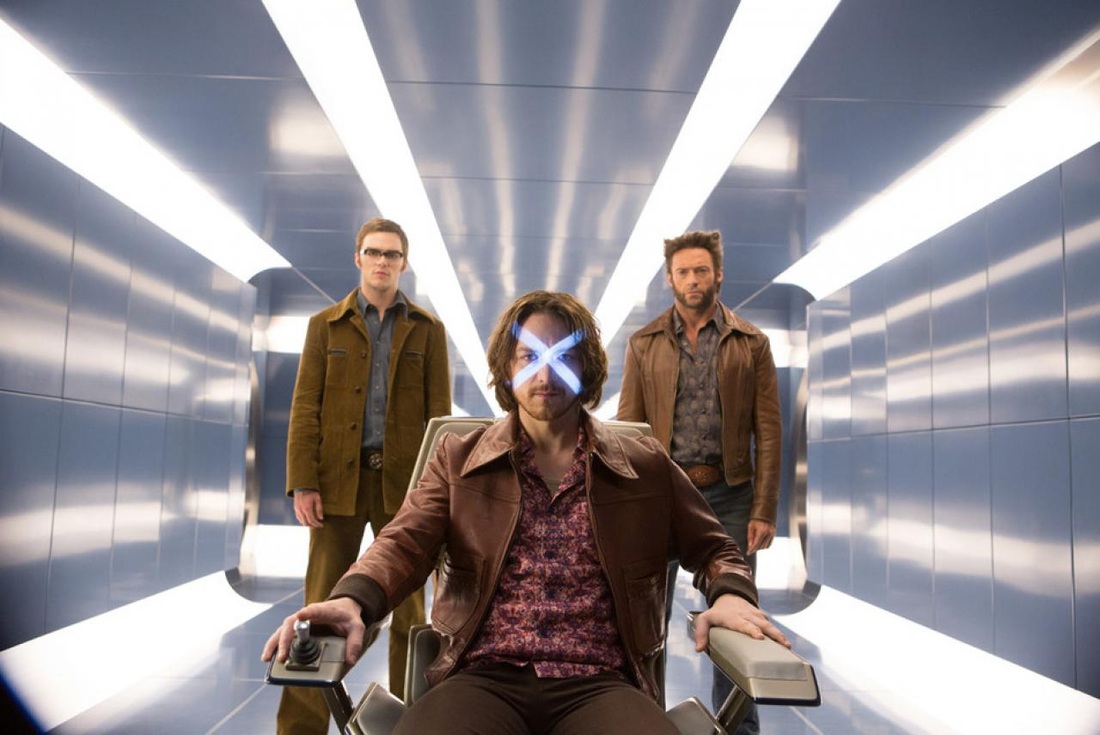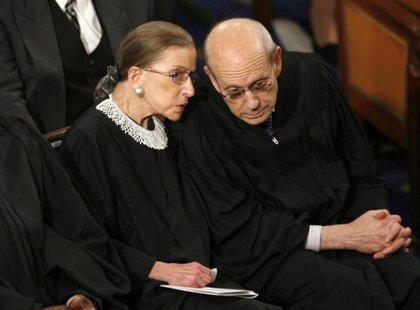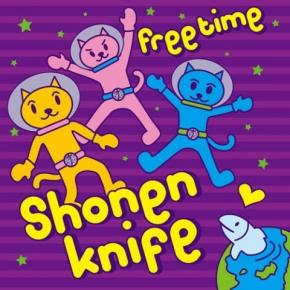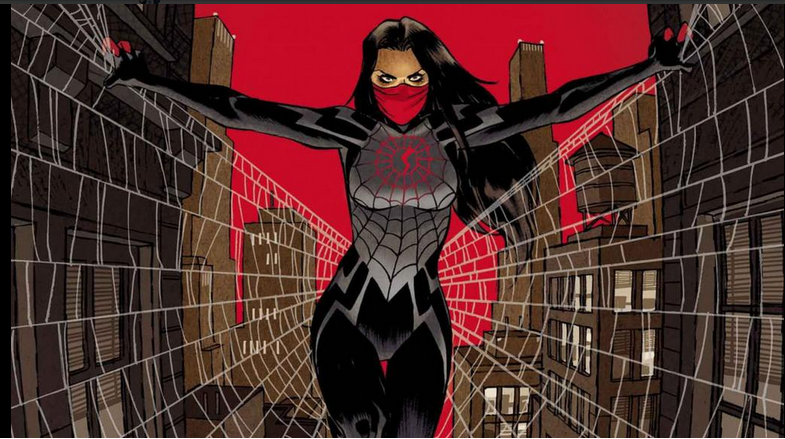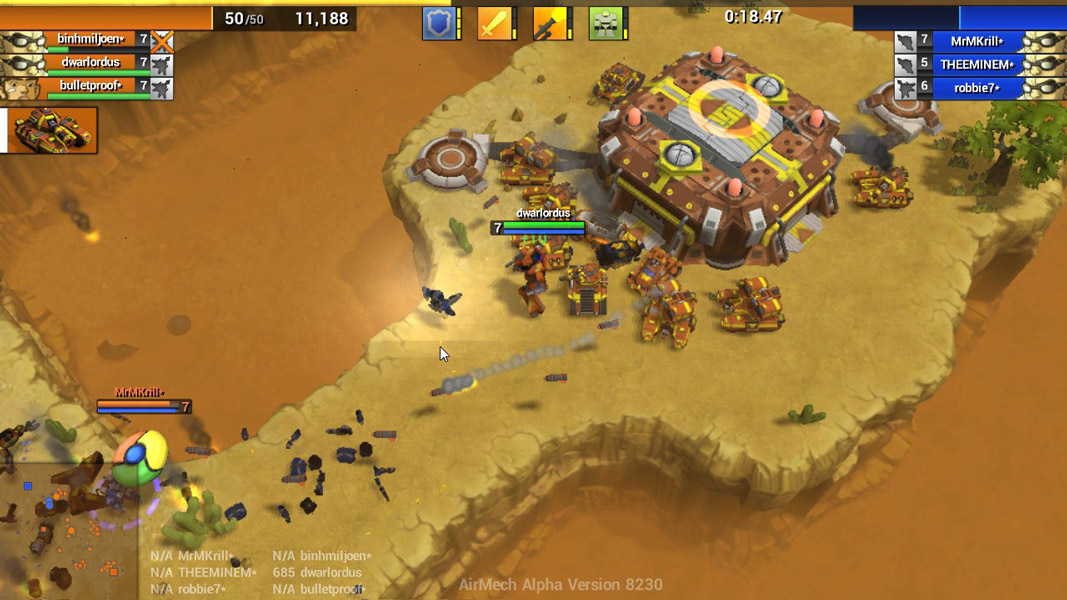
Action Real-Time Strategies (Or, ARTS, as some in the community call them) has blossomed into something of a proud E-sports institution in the decade or so they’ve been around. In these games, players select unique characters and then compete in violent conflict against each other down a series of lanes across a (usually) isometric map. The goal of this conflict is to accumulate the resources necessary to overcome watchtowers that stop forward momentum, and then finally destroy the opposing team’s base.
ARTS grew out of user created maps for Starcraft and Warcraft 3, but it was mostly in the last decade that entries in the genre became seriously profitable both as consumer products as well as potential games of sport. Today, ARTS titles have huge tournaments with prize purses worth millions of dollars, featuring the backing of corporate sponsors from energy drink purveyors to computer hardware manufacturers. These games didn’t merely become popular out of a steady development of graphics, accessibility, or dumb luck; they became popular because the stories these games present to audiences, either playing them or spectating them, are syntonic with conservative understandings of how the world works. ARTS games are a sort of regurgitation of Neoliberal ambitions and narratives in the form of competitive play and sporting.
The genre is essentially defined as the development and flexing of capital among teams of exceptional individuals, each engaging in war against the others. Neoliberalism is built on economic misery to maintain the interest of a tiny elite class — inequity which is justified through claims of meritocracy. Ostensibly ARTS titles are meritocracies too, where the best team wins by doing a better job at accumulating wealth, securing objectives, and punishing opponents. But all of them feature gameplay elements that contradict, compromise, or otherwise qualify narratives of victory by reason of virtue or skill.
This qualification of meritocracy begins as soon as the match does, with players selecting their hero or champion unit that they will then control throughout the match. Each unit is mythologized as incredibly unique within each game’s fiction, presenting players with an endless procession of John Galts to choose from. These mythologies of strange power, alien forms, and cunning intellects are boiled down into a core set of tools and statistics that players improve over the course of the match by gaining experience points and gold. The goal of this continual arc of improvement is not merely to access power, but to access better tools of acquiring currency and to complete objectives.
These characters, our rainbow collection of possible Atlases, exist in a context of privileged hierarchy to one another. You could readily divide these characters by their function and relationship as team members, but by contrasting them against each other with aggregate data from publicly available matches, we can, for any given game, understand both any given character’s odds of winning a match, as well as whether or not players prefer a given character. This system of understanding the advantage some characters pose against others is key to the inherent drama of the character selection phase. It also provides narrative possibilities with which commentators, viewers, and players can interpolate the game that follows. The data driven model of ARTS heroes is not much different, then, from more conventional sports, where statistics have steadily grown as a tool for audiences to readily parse the events that unfold, or construct possible futures that are the subject of halftime and lunchroom discussions, or more recently, fantasy sporting.
These relationships of immediate privilege and power are complicated by the the playing field. The lanes of the playfield are the space that players are engaging in a sort of reverse tug of war across, partly processed by endless waves of computer controlled, generic characters, dubbed “creeps” by the ARTS community. In between these lanes lies what players refer to as “The Jungle”, a place where vision is limited, and small camps of monsters endlessly spawn every minute or so. When a player character lands the last hit that destroys any character, including player controlled units, that player receives a gold bounty that they can later spend on items to upgrade their unit or enhance their team’s effectiveness. Along the lanes are other objectives with gold bounties, like guard towers and unit barracks, which obstruct or slow the push of war, either by destroying creeps and heroes, or by weakening other enemy creeps. The “world”, the playing field, of ARTS games is one embroiled in perpetual conflict, with natural resources that simply emerge to be exploited.
Players vie for objectives, awareness, and resources on the map not just in open conflict, but by carefully deciding who among their team is best positioned to exploit available resources to carry the team to victory. The strategic thrust here is not merely where and when to execute a play for an objective, but also deciding how best to take accumulated wealth and translate that into capital, which in this case is the strength of a given unit to take objectives and acquire yet more wealth. This accumulation and flexing of capital as a form of physical power is a narrative audiences already understand. It is essentially a base assumption that the team who acquires the most power at the right time should win, or at least, gain a significant advantage. So, the timing and use of material acquisition serves as yet another data point for audiences to process in creating an understanding of how events should play out.
However, for all of this talk about creating certainties through capital and material privilege, ARTS games often include a certain element of random chance. The sheer number of reasonable options available to players regarding positioning, timing, et cetera are innumerable, and gives every game a quality of unpredictability that prompts blunders out of even the most professional of players. Much like the Real-Time Strategy games that spawned them, ARTs titles generally possess a “Fog of War” that limits what players can see. What this means in practice is that players are often guessing or inferring their opponents decisions regarding positioning, rather than knowing. On top of this unpredictable element there are other explicitly random features in some character’s tool sets that can swing a confrontation heavily to one side, which could theoretically swing an entire game around.
These elements tend to rankle the design purists out there, because we understand them as players or designers to be fundamentally “unfair”, but the point of this randomness is precisely that. The cruelty of fate abruptly disturbing what “should” happen is a story-telling delight that is the definition of an upset, and that threat of an upset in either matches or small engagements is always bubbling away in the back of the spectator’s psyche. It’s a worrisome fuel that keeps people involved in the events as they unfold, and is to an extent present in every e-sport to date. For every possible narrative that players could construct with the discrete data previously discussed, they are all unstable in the face of unpredictability and randomness.
This injection of random cruelty is even more necessary than in other genres within e-sporting, because material gained or lost translates to long term power gains. Consider this data from League of Legends matches regarding accumulated wealth. To paraphrase the article, if a team possesses only 2.5% more currency than their opponents by twenty minutes into a match, that team has about a 90% chance of victory. The surreal nature of a scoreboard serving double duty as a means towards greater power is that victors tend to keep winning. Elsewhere in e-sports, or in traditional sporting, it’s perhaps understood that the chance of victory is a function of time; so long as there’s time for the clutch field goal to turn the football game around, or time for the kind of absurd comebacks in fighting games, the game could belong to anyone. That isn’t the case here.
We understand through the data that the most convincing evidence for predicting a victory is the flow of currency and the player characters chosen. If the chance of an upset were not present, either in the moment-to-moment experience or the game itself, viewers and players could safely tune out or surrender halfway through the game and be fairly comfortable doing so, but they cannot because the ever threat of randomness and serendipity can destabilize that arc of continued growth or rapidly change the direction of the game. The fundamental narrative and assumptions that are built up steadily are nevertheless unstable, because as soon as these games become perfectly predictable, they’d become insufferably boring.
However, even with the knowledge that the game can be rapidly tilted in one direction via some twist of fate, players and viewers still participate with the assumption that the game is fair, even when the odds can be heavily altered very early. Here, ARTS games provide a kind of evidence for their fairness, even when that fairness is often inscrutable, or is the product of processes unseen and unknown to audiences. ARTS games are under constant revision, some of their rules and statistics being revised on a monthly basis, not because the changes those revisions provided are important, but because they provide a narrative explanation for the current state of perpetual imbalance.
These changes assure players that the playing field is going to be ever more fair, while providing additional concrete details to continue to form sports narratives. The assurance of fairness can be contradicted for drama, and the latter emphasized for coherence. In the same way we can understand political processes: internal contradictions are fodder for political narratives, and continuing legislation, even when totally incomprehensible to the public, is used as evidence of a state getting fairer. The process of revision itself is the secret ingredient that allows the appearance of fairness or justice to coexist safely with the cruelty that systems enact on individuals through no fault of their own.
The trick here, in ARTS games and in many modern governments, is that the evidence for fairness is a fabrication. It isn’t that the evidence is a lie, it’s that it was constructed to appear fair, not to deliver fairness or justice. In the meantime, while middle and lower class America gnashes its teeth, wondering how its constituents could fail to receive basic health care and housing while “doing everything right”, we cheer when an ARTS professional fails because of some mechanical quirk. Where the failure to receive what is owed us is painful in life, here, in fiction, and in sports stories, that contradiction of the established narrative is the fuel of drama, and is the fundamental hook that keeps players and audiences invested.

